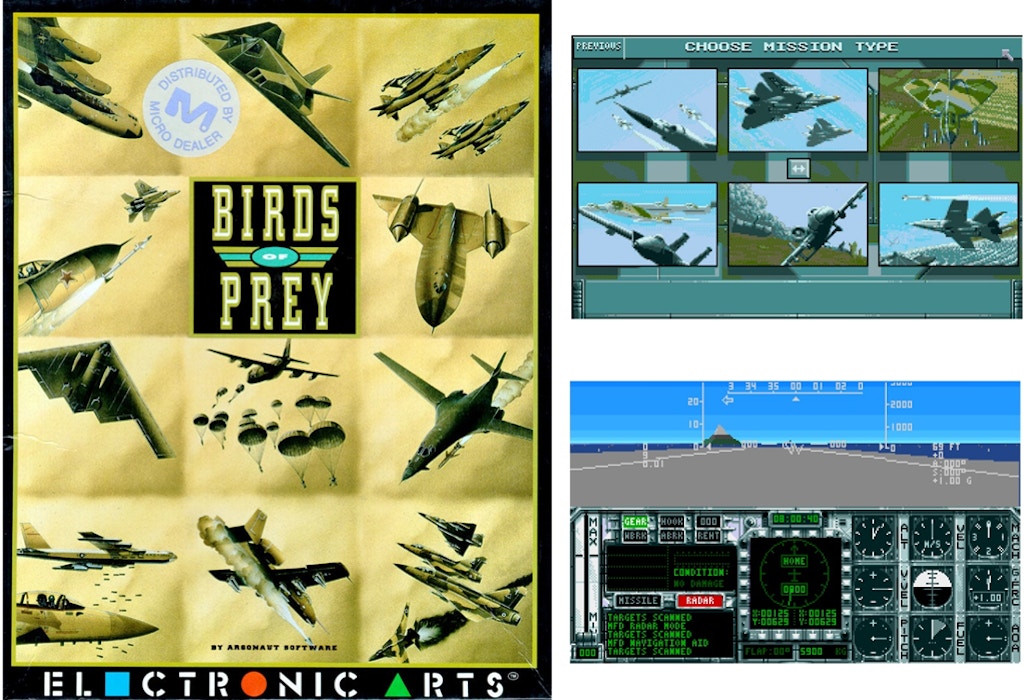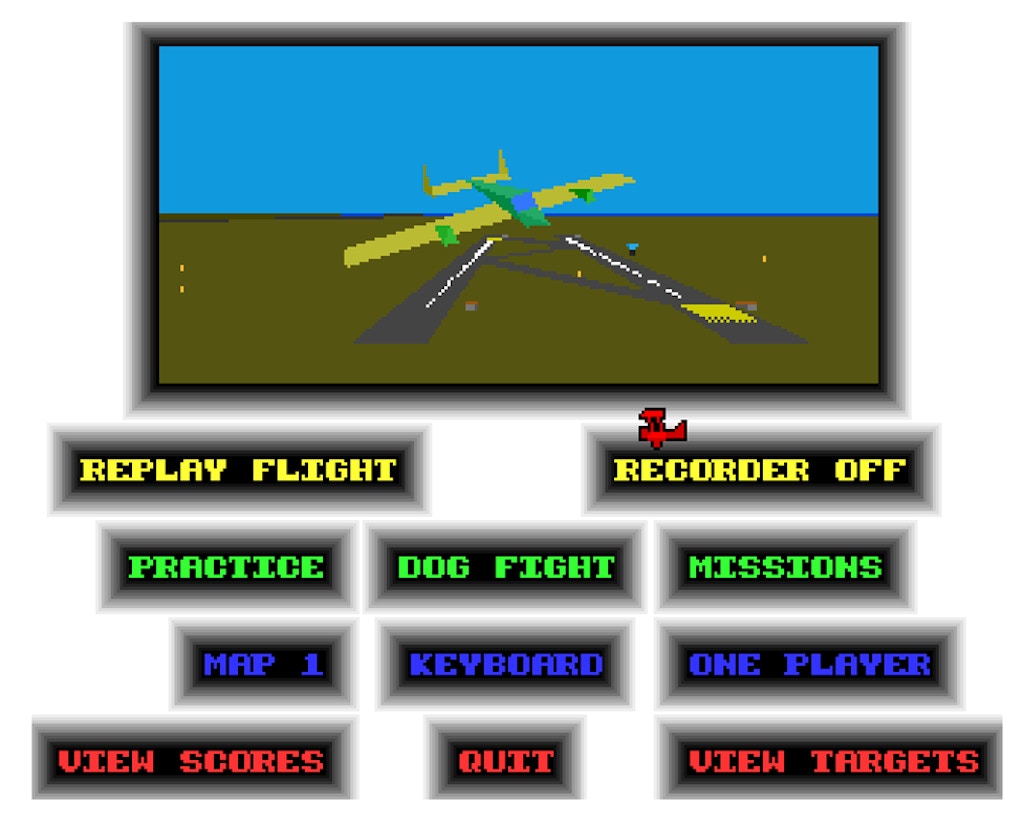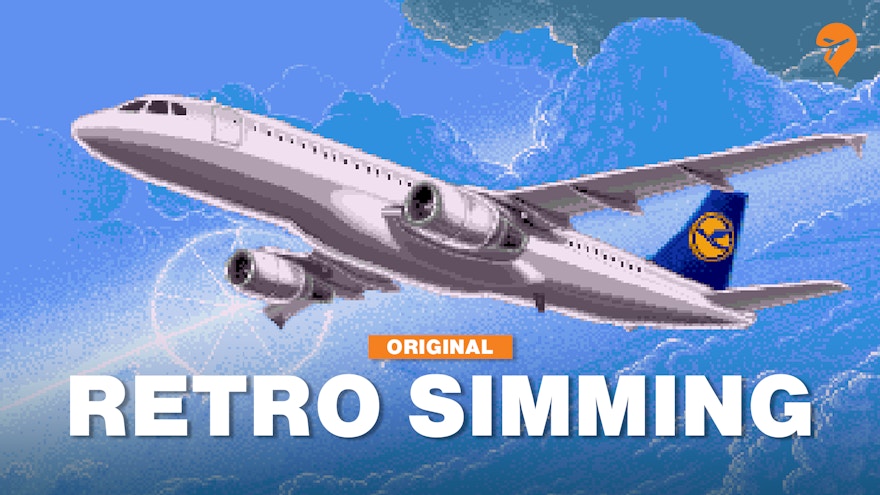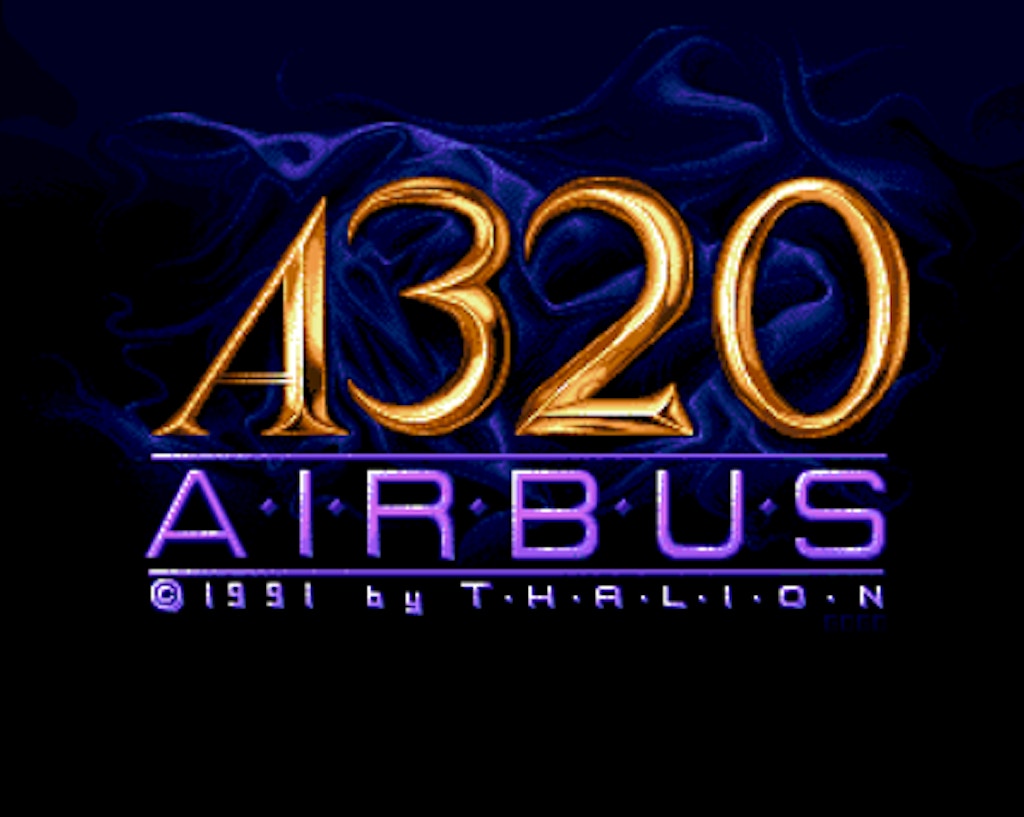Games: I still play and enjoy them today as part of my retro computing hobby. And doing so got me wondering how many other ‘retro computer’ simmers there are out there, and that it might be interesting to some others to get a glimpse of how it was, albeit through my own personal experience.
Retro computing is a hobby I’ve engaged in, mostly for nostalgia, for about 5 or so years now. I have a couple of (as much as it pains me to admit it) vintage machines I used in my youth that I have repaired and upgraded. The machines I currently own are an Amiga 1200 and Amiga 500, although the dream is to own a BBC Master, Acorn Archimedes A3000 and the A5000 as well, but currently I get my ‘fix’ using emulation.
A ‘Bit’ of History
It’s always good to start with a bit of history, and I’ll start with a bit of Acorn’s history. Acorn was a Cambridge UK-based computer company, their machines were iconic at the time and their products still have a heavy influence on today’s technology. Acorn developed the RISC processor, now known as the ARM processor. This processor, or derivations of it, can be found in most mobile devices today as well as in some computers and small form factor computing devices such as Raspberry Pis.
Acorn developed a series of computers starting with the Atom. Following on from that came the BBC Micro (and slightly more powerful Master variant, pictured left), a machine sold extensively in the UK as part of a BBC sponsored computing education programme. After that came the “Archimedes” range of more powerful 32-bit computers with various designs such as the classic wedged A3000 (pictured centre) to the more powerful and ‘traditional looking’ computers like the A5000 (picture right).

Amiga computers were developed by Commodore, a USA based company. Their machines ran on Motorola CPUs and were quite ahead of their time. Introduced in 1985 they had a 2 year lead on Acorn, with the Acorn Archimedes range first hitting the shelves in 1987. The Amiga A1000 hit the shelves mid-1985 and wowed audiences with its graphical capabilities.
There were a number of later iterations of the Amiga, ranging from lower-powered home user machines to more powerful desktop workstations. The lower power options were particularly successful in the UK and Europe. The Amiga 500 (pictured left below) sold around 1.5 million units in the UK alone. Commodore later developed the A500’s successor, the A1200 (pictured right below). Although a superior machine with improved graphics the A1200 never quite hit comparable sales to the A500, but remained popular. Unfortunately as a consequence of company politics and marketing decisions, the Amiga did not enjoy the same longevity and legacy as Acorn.

Of course, these computers are very underpowered compared to what we have today. In fact, a Raspberry Pi is likely to completely eclipse them when it comes to performance. Their out-of-the-box functionality is somewhat limited, they lack many of the capabilities we take for granted today. They have limited storage and power, and networking is another limitation, but that’s not to say many of these shortcomings have not been addressed.
Hardware and software developers have made these machines more usable over the years. There are now many different upgrade options that make these computers more practical by incorporating more technology. Take SD card drives, USB interfaces, networking hardware, hardware accelerators, and RAM upgrades for example – and this isn’t to mention the customization of lighting in some cases, or paint jobs. What this means is that users can have all the nostalgia from using them, without many of the impractical and annoying constraints of 1980’s computing.
The rest of this article will explore flight simulation on retro computing platforms, which was a very mixed (but entertaining) bag in the 1980’s and early 1990’s. When you consider, and take a close look at the very first incarnation of Microsoft Flight Simulator was born in this era, being first available in 1982 for IBM PC you get an idea as to what flight simulation was like back then.
In this article I decided not to focus on Microsoft Flight Simulator. I chose a number of other simulators or games to showcase what was achieved with the limited hardware available back then. Those I’ve brought out in this article are those I used myself, and that drew me into this hobby. I thought I’d take you on a journey looking at those simulators, and why I think they’re fun to play, even today!
Airbus A320
Obviously not a rival for the FlyByWire, especially when it comes to visuals. Airbus A320 was developed in the early 1990s for the Amiga with a port for the Atari ST being developed later.
Airbus A320 was intended as a serious simulation, but was obviously highly constrained by the host machine capabilities. The Amiga 500, the machine most probably played A320 on, ran on low-speed CPUs with a clock speed of 7MHz and often had just 1MB or less RAM. Considering these limitations the developers really didn’t do a bad job. Obviously, it does not compare to what we have today but a lot of the core functionality you’d expect from a simulator is there to some extent. The simulator has working NAVaids, a PFD of sorts, and an upper EICAM engine display that certainly resembles the real thing, just look at how the flaps are enunciated and you will see what I mean. The simulation is equipped with an autopilot, ILS, navigation systems and more.

The simulator allows the user to plan flights, with a number of locations available, such as East Midlands Airport and Frankfurt. The time of departure can be set as well as fuel load, cargo and passenger numbers.
The first time I attempted to fly A320 (back in the 1990’s), I didn’t really understand much about aviation at all. Even with what I know now, flying various high-fidelity simulations of the aircraft, I did struggle getting this retro version to fly properly. This was in part due to difficulties with emulation, something I attempted to get around using some of my own real Amiga hardware, but also due to how difficult this retro A320 was to use, and it would seem with good reason.
At the time A320 simulator was considered a bit too hard to operate for most users, and was described in Issue 31 of Amiga Format magazine as a “very detailed, and quite difficult-to-get-into pedantic simulation”, and “a pure simulator, not for the fly-by-night fighter pilot.” Reviews ranged from 60% to 90%, so very mixed, but I suspect this was because a lot of Amiga owners were not really simmers, perhaps limiting its appeal.
Using it in the modern day, I can definitely understand that review and rating. At the time of creation, this was a pretty good attempt at an ‘as good as it gets’ simulation. By no means study level by today’s standards, but probably was study level for 1990 and certainly getting very close to the limits of computing for the era.
The game comes with a massive manual of several hundred pages, and in true 1990’s game style this was printed and came in the box with the game itself. It also included some high-altitude enroute charts from Jeppesen.
If you were looking for a challenge as well as attempting retro simulation, this would certainly give you that challenge, and I wish you luck!
Birds of Prey
Birds of Prey was developed in 1992 by Argonaut Games and published by Electronic Arts, for the Amiga and IBM PCs. It was a fantastic title, offering a large range of aircraft and game styles to choose from. The visuals were great for the time and I spent a lot of time playing it.

When loading Birds of Prey, you are met with an introduction movie, showing two F-16 aircraft intercepting enemy aircraft and then firing missiles, all of which is in 3D. The short intro lasts about 20 seconds or so, and was very impressive for the time. The developers really showcased not only their skills, but also what the Amiga itself could do in the right hands.

Once loaded the player enters their pilot details into the pilot record, or views the current active saved record. Your skill level, score, missions, kills and other statistics are all displayed.

As a player back then I would try out many different aircraft, not worrying too much about the missions. I fairly often flew some of the larger planes like the 747 or C130H (shown above), but I was always a bit more interested in civil airliners than the fast jet fighters.
Once in the aircraft the player is presented with a generic flight deck which is the same irrespective of the aircraft chosen (I always found it amusing that the 747 had an arrestor hook indicator). Obviously this is not tremendously realistic, but I suspect this was done due to practical limitations of the hardware and the size of data that could be stored on floppy disks. Generally, games aimed at being 2 or 3 disks, although there were some that pushed the boundaries, I remember some titles having 15 disks. That’s a lot of disk swapping I can assure you.

Flying is a bit more involved as there are numerous controls and systems represented but all to a relatively low fidelity. The player can fly the missions or simply enjoy the experience and platform ignoring the missions entirely.
Like with many of the games of its era it comes with an absolutely enormous manual, detailing all the controls and game modes. This is something I miss with modern titles: most of the manuals nowadays are downloaded or come simply with the disk media and leaflet.
Birds of Prey was never meant to be an ‘in-depth’ simulator, but a way to give players the experience of combat that was more realistic than other 2D games of the time. The 3D landscape and aircraft models, albeit very simplistic, added to that experience and due to its variety a lot of gaming styles could be accommodated.
Chocks Away
Last, but by no means least, is Chocks Away on the Acorn Archimedes, where the player takes control of a bi-plane and conducts various missions. The aircraft is keyboard controlled, and the multiplayer option is split screen with split controls on the same keyboard. Players can either fly around together or engage in dogfighting.
The picture below shows the main menu, giving the player an idea of what to expect in terms of game graphics. Typical for the time, landscapes are almost entirely flat, with only the occasional pyramid shaped hill lumped in. There are some scenery objects such as airfields, airfield buildings and there are computer controlled planes flying around that will engage you.

I have to say that I absolutely love playing this game, even now. The gameplay is very addictive, considering how old it is, and I revisit it time and time again, along with other classics like Elite on the BBC.
The first mission is quite simple, attack an airfield to the south of your location. You start in the cockpit at your base, take off and turn right towards the target airfield. On your way you will encounter various adversaries, which you will need to engage or fly away from. Mission success is subject to destroying all the designated targets and returning home in one piece.

The Acorn Archimedes was quite a powerful machine for its day, and its ability to process 3D graphics was very good for the time. Movement is fluid, dynamic and the game itself can be challenging.
I absolutely loved playing this game in my youth, and once getting this running on my PC through emulation I spent quite a few hours playing the game. I can see myself revisiting this time and time again and having a lot of fun each time.
How to Retro Sim
There are a number of ways to do it, fortunately not necessarily involving buying real hardware. The real hardware is of course fun if this is something of personal interest, but it can be very expensive. For good examples, you can pay more than the original MSRP for these machines. The rarer, good-condition examples can be priced more than £1000.
Fortunately, emulation is an easy entry point, and due to the relatively low power these machines had originally, these emulations can run very easily on most systems. Raspberry Pi computers are more than capable of emulating even the top-end Acorn or Amiga machines as well as many others without difficulty.
For Acorn, Arculator is a good and free option. It’s stand-alone (requires no installation) and can emulate all Acorn Archimedes machines as well as various hardware upgrade options. For Amiga, WinUAE is the standard, although ROMs for the emulators are payware but can be easily purchased as part of the Amiga Forever software pack (a WinUAE based complete Amiga emulation package). Alternatively, there are some websites that support emulation through the browser itself.
Once you have an emulator running, ADF files can be found through internet searches. These files are floppy disk images that can be loaded into virtual disk drives within the emulations. Often emulators let you set up many separate drives which can all be loaded up with ADF images, so no need for any disk swapping!
I’ve only talked about three games in this article, but there are a whole bunch of others to look at: TFX (a Eurofighter simulator for the Amiga), F-29 Retaliator (for the Amiga), F-15 Strike Eagle (for the Amiga) and Interdictor (for the Acorn Archimedes) to name some. The catalogue of games like this is huge and varied, there is a lot to choose from and enjoy.
In Summary
I think retro games in general have a lot to offer, not just flying games. They’ve very accessible (often available free), the gameplay in many cases is fantastic despite their age and simplicity and they may well surprise you just how addictive they can be, especially chocks away.
I find retro flying games are a lot of fun, even today, maybe give it a try?


